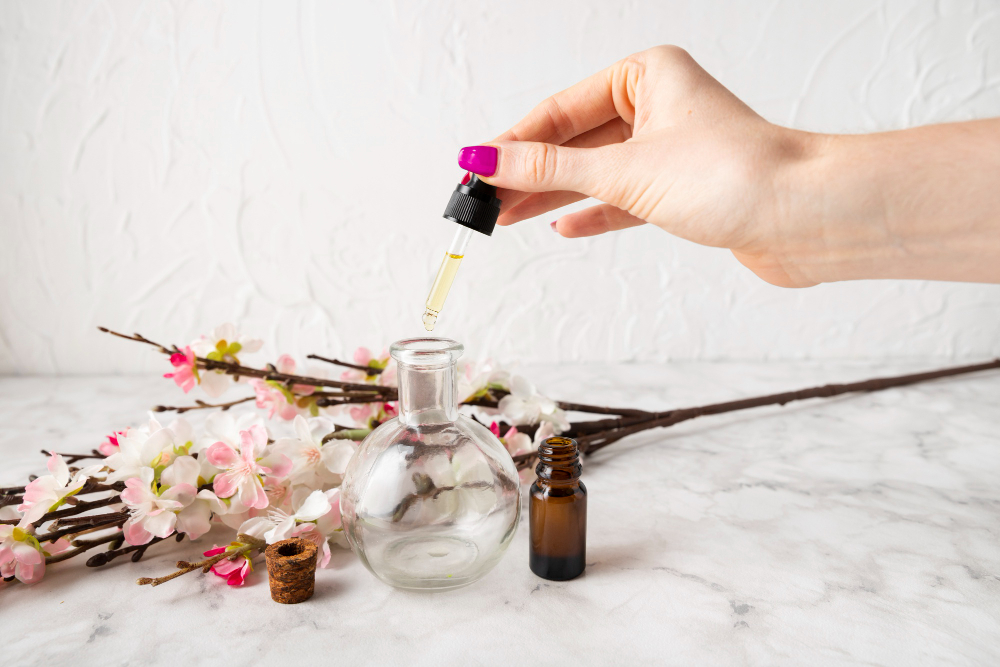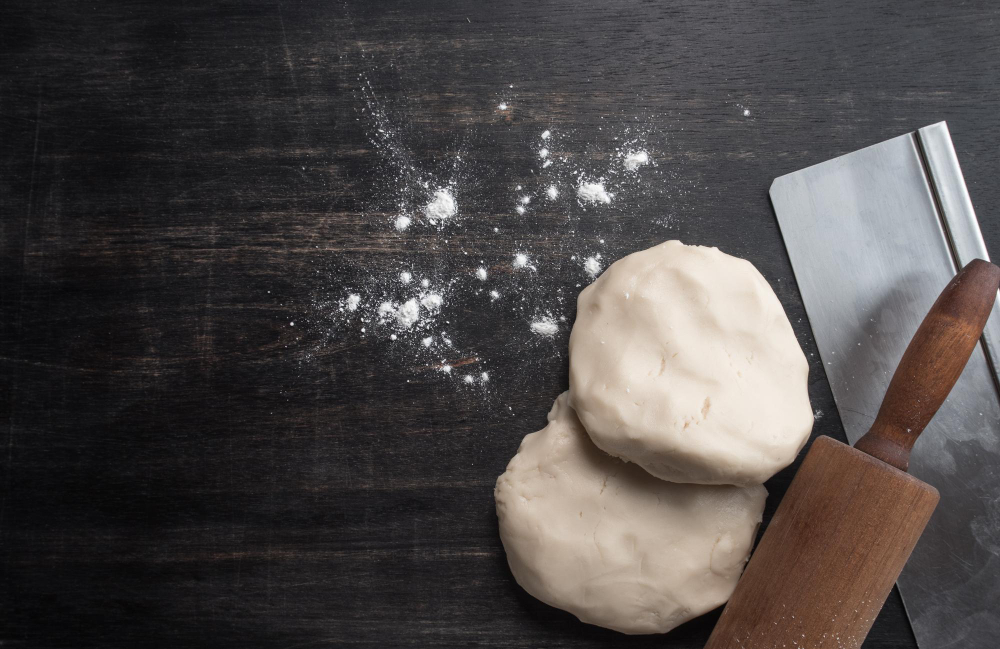
How to Make Your Own Perfume
Gail J. Gillmore
- 0
- 96
Creating your own perfume is a deeply personal and creative process, allowing you to craft a unique scent that captures your essence or conveys a specific mood. The art of perfume-making dates back centuries, involving the careful blending of various aromatic components to achieve a harmonious and lasting fragrance. Today, with access to a wide range of essential oils and aromatic compounds, anyone can embark on the journey of creating their personalized perfume. This article guides you through the steps of making your own perfume, from selecting the right ingredients to blending and storing your creation.
Understanding the Basics of Perfume Composition
Before diving into the perfume-making process, it’s essential to understand the basic structure of a perfume. Traditional perfumes are composed of three main components: top notes, middle notes (or heart notes), and base notes. Top notes are the initial scents that greet the nose but evaporate quickly. Middle notes form the heart of the perfume, shaping the main body of the scent and emerging after the top notes dissipate. Base notes are the foundation of the fragrance, lingering the longest and providing depth. Balancing these notes is key to creating a well-rounded and appealing perfume.
Selecting Your Ingredients
The first step in making your own perfume is selecting high-quality ingredients. Essential oils are the heart of any perfume, offering a vast palette of scents derived from flowers, herbs, spices, and woods. When choosing essential oils, consider the fragrance profile you wish to achieve and how different oils complement each other. Additionally, you’ll need a base for your perfume, which can be either alcohol (for a traditional spray perfume) or a carrier oil (for a perfume oil). Alcohol-based perfumes have a more robust projection and longevity, while oil-based perfumes are more subdued and intimate.
Crafting Your Fragrance
Begin by deciding on the balance of top, middle, and base notes for your perfume. A general guideline is to use a ratio of 30% top notes, 50% middle notes, and 20% base notes, but feel free to adjust this based on your preferences. In a clean glass container, start blending your essential oils, beginning with the base notes, then adding the middle notes, and finally the top notes. This step requires patience and experimentation; add each oil drop by drop, sniffing the blend as you go to adjust the proportions until you achieve the desired fragrance.
Diluting and Aging Your Perfume
Once you’re satisfied with the scent blend, it’s time to dilute it. If you’re making an alcohol-based perfume, add the blend to a bottle of alcohol, using roughly 10-20% essential oil blend and 80-90% alcohol. For a perfume oil, use a carrier oil like jojoba or sweet almond oil in similar proportions. After combining the oils with your base, seal the container and let your perfume age in a cool, dark place. Aging allows the scents to meld and develop, a process that can take anywhere from a few weeks to several months. Periodically check the scent and adjust if necessary.
Bottling and Storing
Once your perfume has aged and you’re happy with the fragrance, it’s time to bottle it. Choose a dark glass bottle to protect the perfume from light, which can degrade the scent over time. If you’ve made an alcohol-based perfume, consider using a spray bottle for easy application. For perfume oils, a rollerball bottle allows for direct skin application. Store your finished perfume in a cool, dark place to preserve its integrity. Remember, homemade perfumes may not have the same longevity as commercial ones, so apply liberally and enjoy the unique scent you’ve created.
The Joy of Personalized Perfumery
Making your own perfume is a rewarding experience that not only allows you to express your individuality through scent but also connects you to the ancient art of perfumery. Whether you prefer floral, woody, citrus, or spicy fragrances, the process of selecting ingredients, blending, and aging your creation offers endless possibilities for customization. By following these steps and embracing experimentation, you can craft a personal perfume that captivates the senses and embodies your unique essence.


